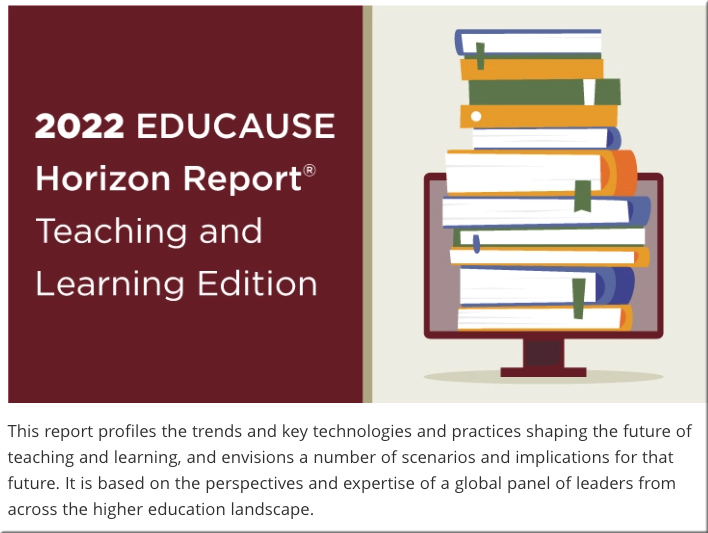From DSC:
Hmmm…many colleges and universities keep a close eye on their peers and often respond with similar strategies that their peers are pursuing. But who is an organization’s peer? The Chronicle of Higher Education‘s posting below — “How a College Decides Who Its Peers Are” — stated that “there is clearly no shared definition of what constitutes a peer institution.”
Plus, I found this item especially interesting:
Harvard University selected only three peer institutions: Yale, Princeton, and Stanford. But 22 institutions, including Bowdoin, named Harvard as a peer. Bowdoin, a small, liberal-arts college with about 1,800 undergraduate students and no graduate programs, chose 98 “peers,” including the entire Ivy League and many large universities, some of which enroll more than 10,000 students. Bowdoin itself was picked by 35 institutions as a peer. All of them were small, liberal-arts colleges or universities that primarily serve undergraduates.
I have often thought that colleges and universities should care far less about what their peers are doing. Rather, they should move forward with their own solid visions, bold actions, and well-thought-through strategies — as there can be a great deal of danger and risk in the status quo.
Too many alternatives have been appearing — and will likely continue to appear — on the lifelong learning landscapes. Most likely, these new organizations will offer in-demand credentials/skills as well as the capabilities of helping people constantly reinvent themselves — with far less expensive price tags associated with these types of offerings.
How a College Decides Who Its Peers Are — from chronicle.com by Susan Poser
Questions of institutional identity are at the core of the process.
Excerpt (emphasis DSC):
The mismatch between whom an institution chose as peers, and the colleges that reciprocated, pervades the data set. It raises the question of how institutions designate peers, which is a mystery. In some cases it is likely to be decided by someone in the Office of Institutional Research or the provost’s office in response to the Ipeds survey, while in others perhaps some process leads to a consensus among administrators. Regardless, there is clearly no shared definition of what constitutes a peer institution.
Also relevant/see:
- Who Does Your College Think Its Peers Are? — from chronicle.com by Jacquelyn Elias
- ‘An Art and a Science’: Colleges’ Tricky Task of Selecting Peers — from chronicle.com by Audrey Williams June









